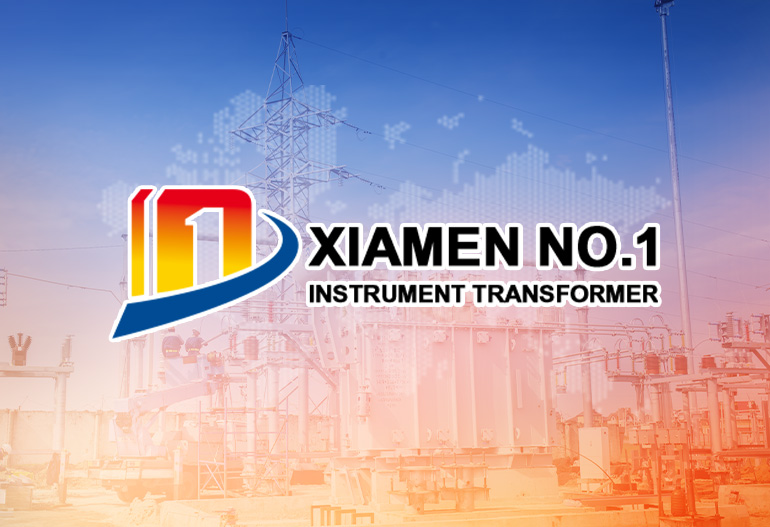What is LXK Zero Sequence Transformer and its function in power system?
I. The common names are listed below:
-Zero-sequence current
-Residual current
-Split-core current transformer-
-Earth fault(英)/Ground fault(美)
II. Core role
1. Ground fault detection:
-Detects unbalanced currents in a three-phase system and is used to detect single-phase ground faults.
2. Insulation monitoring:
-Combine with relay protection devices (e.g. zero sequence protection relay) to trigger an alarm or trip.
3. Physical security protection:
-Prevents electric shock in leakage protection systems (RCD/GFCI).
III. Main features
| characterization | clarification |
| 1. Open-ended design Non-directional | Snaps onto the cable without disconnecting the line (e.g. AKH-0.66 series). Minimum detection current up to milliamperes (e.g. 30 mA leakage protection). Responds only to zero sequence currents, independent of phase sequence. |
| 2. Electrical performance | - Rated current: usually , (secondary side output). - Accuracy level: - Protection level: 5P, 10P (for trip protection). - Measurement level: 0.5 level (for fault recording or monitoring). - Frequency range: , partially supports wideband harmonic detection (e.g., new energy systems). |
| 3. Installation flexibility | - Application Scenario: - Cable type: directly set on the outside of the cable (such as distribution cabinet outlet). -Bus type: mounted on busbar (e.g. substation grounding wire). |
Zero sequence transformers are the core sensors for ground fault monitoring in power systems and are open-ended for easy installation and replacement.
Share This Article



